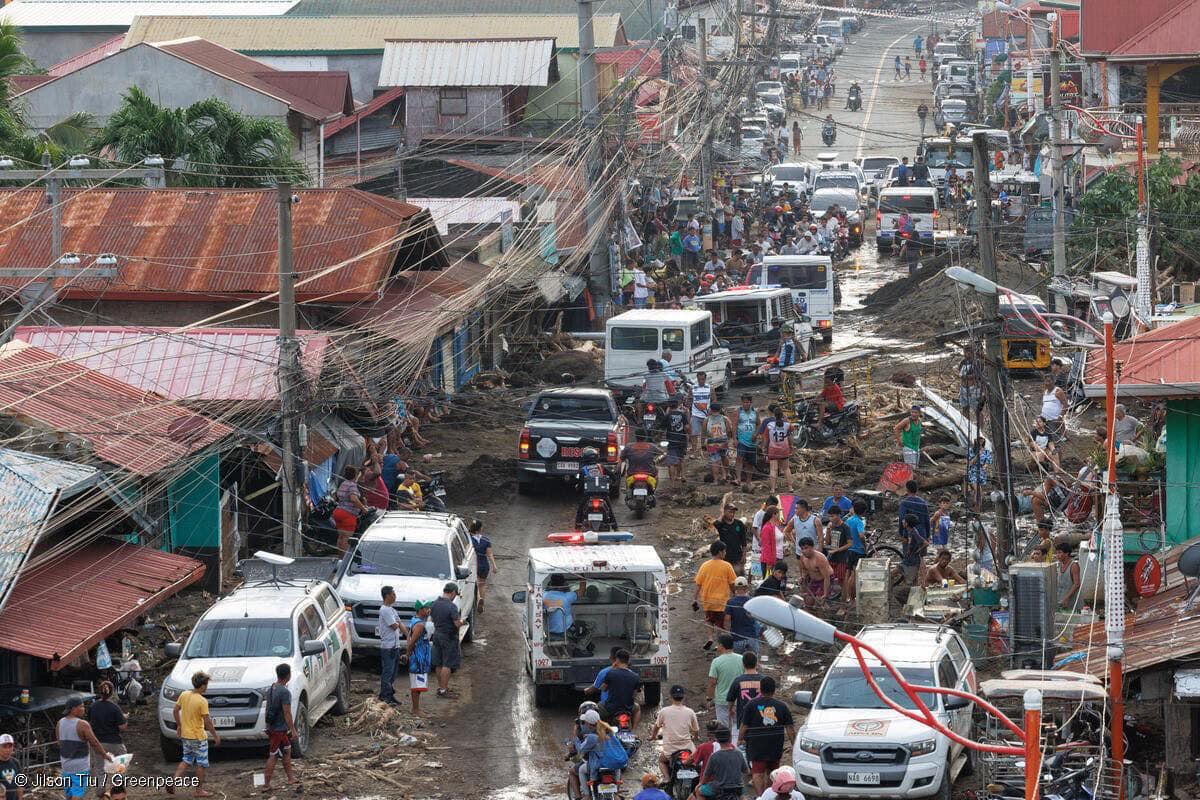Thirteen additional cases of the novel coronavirus (COVID-19) have been reported in the Philippines, bringing the official count to 230, the Department of Health reported on Friday, March 20.
The department announced that one of the patients with COVID-19 has died, bringing the total number of fatalities to 18.
Ten of the new cases are male, while three are female, according to Health Undersecretary Maria Rosario Vergeire. She added that the youngest case is 25 years old and the oldest is 72 years old.
The fatality, on the other hand, is a 65-year-old Filipino male who traveled from Singapore. The DOH said he died on Tuesday, March 17, but did not further explain why his death was only announced on Friday.
The number of recovered patients from COVID-19 remained at eight.
On Wednesday, March 18, Vergeire said COVID-19 cases in the country could rise to 75,000 in two to three months if the spread of the contagion is not contained.
“Within two to three months, it can reach that peak in which 75,000 may possibly get infected,” she said.
However, she noted that it is possible to “flatten the curve” as long as strict measures are in place.
“That means we can spread out the infections across many months if we only can implement stringent measures such as social distancing,” Vergeire said.
President Rodrigo Duterte on Tuesday, March 17, signed Proclamation 929, which declares a state of calamity for a period of six months unless extended “as circumstances may warrant.”
The declaration enjoins all government agencies and local government units (LGUs) to render full assistance in combating the spread of the disease.
“All government agencies and LGUs are enjoined to render full assistance to and cooperation with each other and mobilize the necessary resources to undertake critical, urgent, and appropriate disaster response aid and measures in a timely manner to curtail and eliminate the threat of COVID-19,” stated Duterte’s proclamation.
His declaration also directs law enforcement agencies, with the support from the Armed Forces of the Philippines, “to undertake all necessary measures to ensure peace and order.”
A day before, the president placed Luzon on an enhanced community quarantine to contain the spread of the virus in the country.
“I have come to the conclusion that stricter measures are necessary. For this reason, pursuant to my powers as President under the constitution and RA 11332, I am placing the entire mainland of Luzon under enhanced community quarantine until April 12, 2020,” he said in a nationally televised address.
This comes after problems with the community quarantine protocol cropped up on the first day of the work week, such as failed social distancing due to cramped public vehicles, road congestion, and checkpoint issues.
According to a Palace memo issued over the weekend, an enhanced community quarantine suspends mass public transport, and land, air, and sea travel. It also implements a strict home quarantine for every household, regulates provisions for food and essential health services, and heightens the presence of uniformed personnel to enforce quarantine procedures.
Duterte urged the public once again to stay inside their homes.
“Everyone will stay at home, leaving their houses only to buy food, medicine, and other things necessary for survival,” he said.
Private establishments providing basic necessities such as those related to food and medicine production are allowed to operate with a skeleton force. Among those businesses include public markets, supermarkets, groceries, convenience stores, hospitals, medical clinics, pharmacies and drugstores, food preparation and delivery services, water-refilling stations, and banks.
Malls, meanwhile, have already announced their temporary closure until further notice.
Different cities in Metro Manila have also implemented a curfew from 8 p.m. to 5 a.m. during the quarantine period — among them are Caloocan, Las Piñas, Makati, Mandaluyong, Manila, Muntinlupa, Pasay, Pasig, Quezon City, San Juan, and Taguig.





